Life never seems to stop in Croatia and there is always an adventure awaiting you in the European gem. Bordering the Adriatic Sea, Hungary, Serbia, Slovenia, and Bosnia, the country of Croatia is at the crossroads of Southern Europe and Central Europe. Although people have been living in the area for centuries prior, it was in 1102 that the then Kingdom of Croatia established monarchical ties with Hungary and was recognized under the Kingdom of Austria-Hungary as an autonomous country. By the end of the first world war, and the end of the Hapsburg Empire, Croatia then found itself merged under the Kingdom of Yugoslavia. Croatia has since found itself in some difficult positions in the mid-20th century. After WWII it was part of Communist Yugoslavia until the 1980s when the leader of the country Josip Broz Tito died and tensions in the Balkans escalated in the 90s.
Croatia in the modern world is a popular tourist destination with any problems it might have had 30 years ago, virtually non-existent. While Croatian is the most commonly spoken language here with English, German, and Italian spoken near most of the coastal cities and tourist destinations. Despite not being the largest country in Europe it is incredibly diverse with snowy mountains in the north, plains and fields on the Hungarian border, and Mediterranean sun along the coast. Croatia is a beautiful place with tons to discover so head out there and check out some of the best things to do in Croatia.
Dubrovnik
Explore Old Dubrovnik: Sitting on the Adriatic Coast the city of Dubrovnik is sometimes referred to as the “pearl of the Adriatic”. The city is simply stunningly beautiful with the old town being the center of life right on the water. The whole area is a UNESCO World Heritage Site and during the middle ages, it was the only city-state in the area that rival nearby Venice. The best way to get to know the area is simply to ditch the map, don’t check your smartphone, and wander around. The space is small and might feel a little claustrophobic with winding streets, alleyways, and corridors but many signs and shops will advertise whatever it is they sell (food, cafes, general stores, etc). The city walls that once protected it are now some of the best spots to get a panoramic view of the city or the water and the famous Pile Gate, built in 1537 still offers some incredible sights as it is one of the city’s most iconic structures.
Spend a day at the Beach: If you’re visiting during the summer months, Croatia can get pretty hot. While you certainly won’t be the only one with the idea to spend a hot summer’s day at the beach, the beaches around Dubrovnik are pretty lively, fun, and safe. Lapad beach is easily one of the more popular beaches in town that’s well-taken care of, is completely pedestrianized, and has plenty of bars and cafes nearby if you’re looking for a snack or a drink.
Banje Beach is another popular place that’s near the old town though it is less sandy and more pebbly. There is a small entrance fee though this usually means the space is taken care of and is more relaxed and low-key than free public beaches. Enjoy a drink while you lay on a sun lounger and take in the views of the old town and the Adriatic.
Visit the haunted Island of Daksa: There is a large boating culture in Dubrovnik with people from all over sailing their boats and yachts to the marina for a day or a couple of nights. But just off the coast of the city is the little idyllic Daksa Island that is said to be haunted. The island has a centuries-old Franciscan monastery, lighthouse, and plenty of green forest space. So why is this beautiful little island haunted? In the aftermath of WWII, many countries in Europe took it upon themselves to root out any remaining Nazis and Nazi sympathizers in an act of national pride. When the victorious Yugoslav partisans entered the city looking for Nazis they rounded up anywhere between 50 and 100 people including the mayor and priest, brought them to Daksa Island, and shot them. The bodies were simply left to rot when they landed without any real guilt or innocence determined for any of them. In 2010 whatever remains were found were buried properly and since, the island has been up for sale, with a surprisingly cheap price of only 2 million Euros. Though, it is perhaps unsurprising why nobody wants it.
Marvel at some Art in a Historic building: Visiting Dubrovnik and saying that you’re going somewhere that is “historic” might be kind of a silly thing to say considering the whole place is full of historic buildings but the Sebastian Art Gallery is a small and unimposing place that is filled with priceless art. In the heart of the old city is the Saint Sebastian Church built in 1469 by Dominican monks. The monastery has since become an art gallery showcasing priceless works of art from Croatian artists and designers. Check out the paintings, glassworks, sculptures, and other treasures right in the heart of the old city.
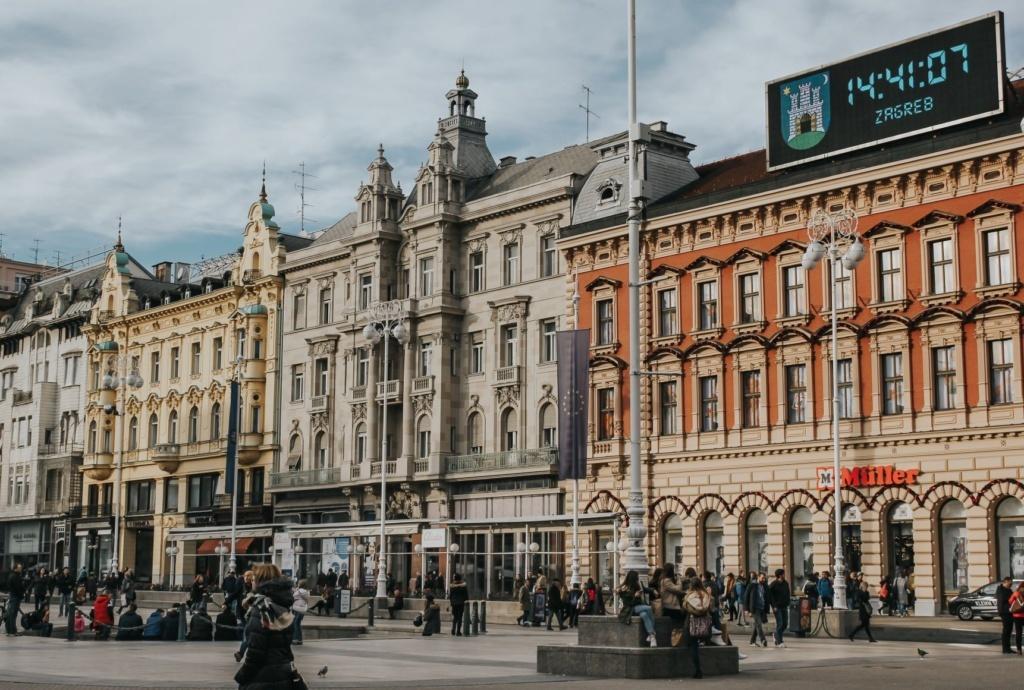
Zagreb has a more medieval city look with gothic architecture and cobblestone streets that resemble Prague, Vienna, and other central European cities.
Zagreb
Explore The Upper and Lower City: While Dubrovnik offers coastal views and seaside charm, Zagreb is the more urban city in Croatia. The city is the capital of the country and is home to over 1 million people. Zagreb has a more medieval city look with gothic architecture and cobblestone streets that resemble Prague, Vienna, and other central European cities. The biggest tourist spots in the city are in the Gornji Grad (Upper Town) and Dornji Grad (Lower Town). It’s where you’ll find most restaurants, shops, cafes, and bars and is historically, the medieval core of Zagreb.
Visit the City’s Eccentric Museums: Like many major European cities, the cultural heart of the town will usually have museums devoted to modern art, local history, or showcases dedicated to local artists. While Zagreb does have these things, why not look at some of the more weird and eccentric museums the city has to offer.
One such museum is the Museum of Broken Relationships. Started by two artists who couldn’t part with their belongings of lost love, they opened the museum so that the items could remain together. While simple in theory, the idea took off and the museum’s exhibits traveled around Europe and North American gaining popularity and more and more donations. A permanent museum opened here in Zagreb and while some of the items are mundane like teddy bears and love letters, a collection of oddities also is on display such as a taser, a vial of tears, and a prosthetic leg.
While the Museum of Broken Relationships is a little odd, for something a little more mundane (though still unique) check out the Croatian Museum of Naïve Art. While many museums feature fine art the Croatian Museum of Naïve Art is the sort of the opposite of that. Many great artists have formal training, they trained under other great artists or went to a school to learn the finer points of art but everything on display here is more down to earth. The artists featured here are regular working-class and middle-class people. They’re self-taught, didn’t go to art school, and have no formal training, yet the pieces are all striking examples of their everyday normality.
Hike to the Fortress of Medvedgrad: The imposing mountain that overlooks the city is Medvednica and it is also home to the fortress of Medvedgrad. The mountain is over 1000 meters high and as such, it is a bit of an imposing trek but if you’re looking to hike and get into nature and out of the city, this is the place to do it. Walking and biking paths are well laid out so even the inexperienced hikers won’t have too much trouble. At the top when you reach Medvedgrad, the fortress offers the best views of Zagreb and there are cafes, rest stops, and restaurants there. Guests should be aware however that Medvedgrad is the site of the “Altar of the Homeland” memorial dedicated to Croatian soldiers so do be respectful of the space.

Split
Spend a day at Diocletian’s Palace: Split is the biggest city after Zagreb and it is a sort of middle ground between the old historic Dubrovnik and the more urban Zagreb. That being said, Split is still full of interesting places to see such as the Palace of Diocletian. Overlooking the Adriatic Sea, the palace ground was built in 305 AD for Diocletian after his retirement. Diocletian spent 4 years living here until his suicide in 311 AD. Looking at the palace, the building resembles more of a fort than a palace with high walls, gates, and a bell tower. In the modern era, the area is used for concerts, tours, entertainment, and is a UNESCO World Heritage Site.
Spend a day or two In Hvar: The island of Hvar is located a short ferry ride away from Split and is one of the most fashionable places in the country to visit. The city is relatively small but the pedestrian-only walkways, rolling green hills, and lavender fields make a trip here absolutely worth it. Hvar is along the Adriatic coast and has both Italian and Croatian influence dating back to when it was ruled by the Venetians. Because of that, expect ornate Italian architecture in the town’s square and 16th-century church, as well as some of the best seafood you can find in the country.
Eat: Of course no matter where you go, you’ll have to eat but there’s a reason why the “Mediterranean diet” is revered as one of the healthiest. The food in Split is among some of the best around and some of the freshest. Markets are abundant and some local specialties include Soparnik, a crepe-style flat dough filled with swiss chard, onions, and baked in a fireplace before it’s topped with olive oil and garlic. Dalmatian-style gnocchi can be found in many restaurants, and Ćevapčići is pork, beef, or lamb that’s minced, rolled, and then grilled and served with onions and Ajvar. With Italy just across the Adriatic, there is also no shortage of delicious pasta, risottos, and other Italian-influenced dishes.
Party at Carpe Diem Europe is home to some amazing clubs and Carpe Diem is Split’s hottest spot. Located off an island off the island of Hvar, Carpe Diem is where you can dance the night away on a private island with big energy and even bigger DJs. Performers and artists are usually internationally renowned and on tour. Boats leave from the docks at Split to Hvar, then from there to the island.
Our Final Word
From the old cobblestone streets of Dubrovnik to the medieval capital of Zagreb, Croatia is full of amazing things to experience. The views of the Adriatic and the amazing fresh food are not to be missed while the architecture of the city’s make everywhere you look feel like you’re in some kind of fairytale. Hike the mountains or lounge on the beach, or do both! Croatia is there for any kind of traveler.
1 Comment
Submit a Comment
Related Posts
Beyond the Big Five: Discovering Wildlife Wonders in Non-African Safari Destinations
“Beyond the Big Five” takes you on a thrilling journey to lesser-known safari destinations outside of Africa. From the lush rainforests of the Amazon to the vast plains of the Pantanal in South America, this article uncovers the hidden treasures of wildlife wonders that await adventurous travelers seeking a unique and unforgettable safari experience.
Traveling the Hemingway Way: A Guide to Adventurous Exploration
“Traveling the Hemingway Way is not just about visiting destinations, but immersing yourself in the spirit of adventure. Follow in the footsteps of the legendary writer, Ernest Hemingway, as you embark on thrilling journeys, seeking out untamed landscapes, vibrant cultures, and unforgettable experiences. Get ready to embrace the thrill of exploration like never before.”
Cruises vs. Authentic Adventures: The Great Travel Debate
Explore the pros and cons of both cruise vacations and authentic adventures in this travel debate. From the all-inclusive luxury of cruises to the immersive experiences of off-the-beaten-path adventures, discover which travel style suits your preferences and offers the most rewarding experiences.

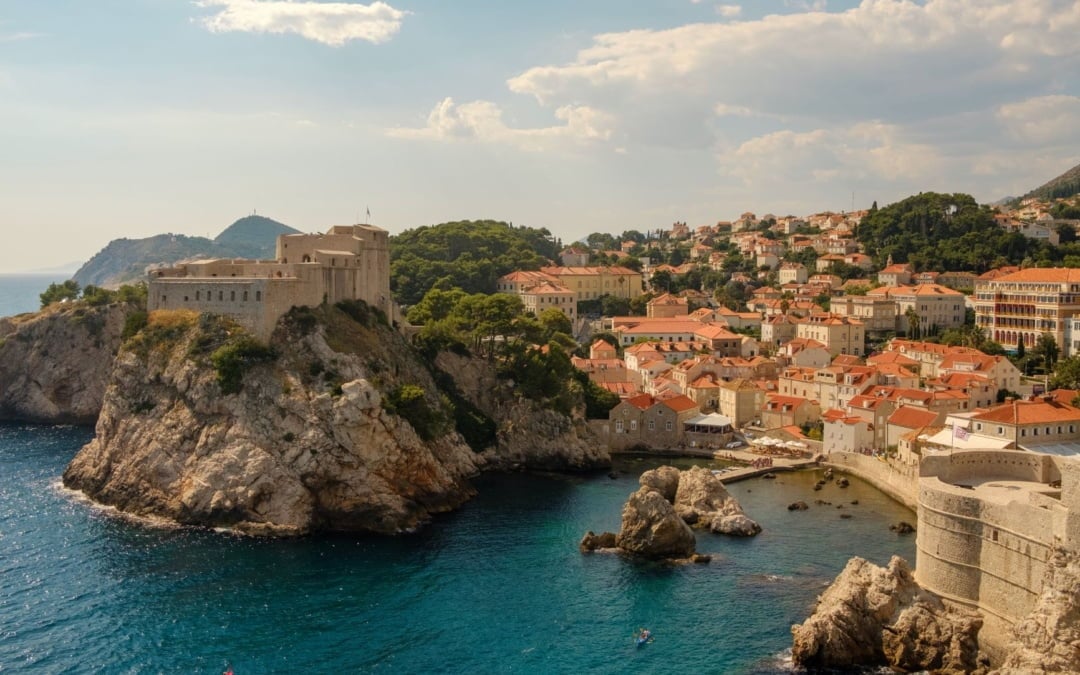
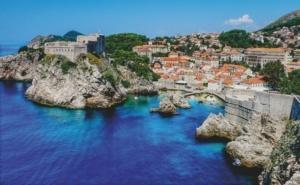

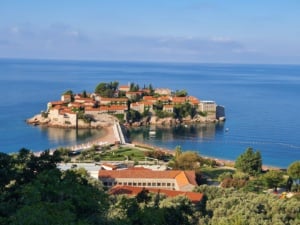


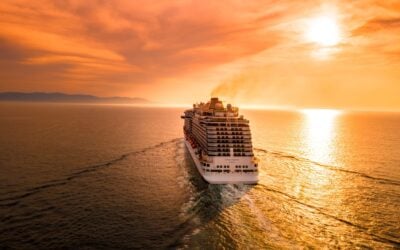
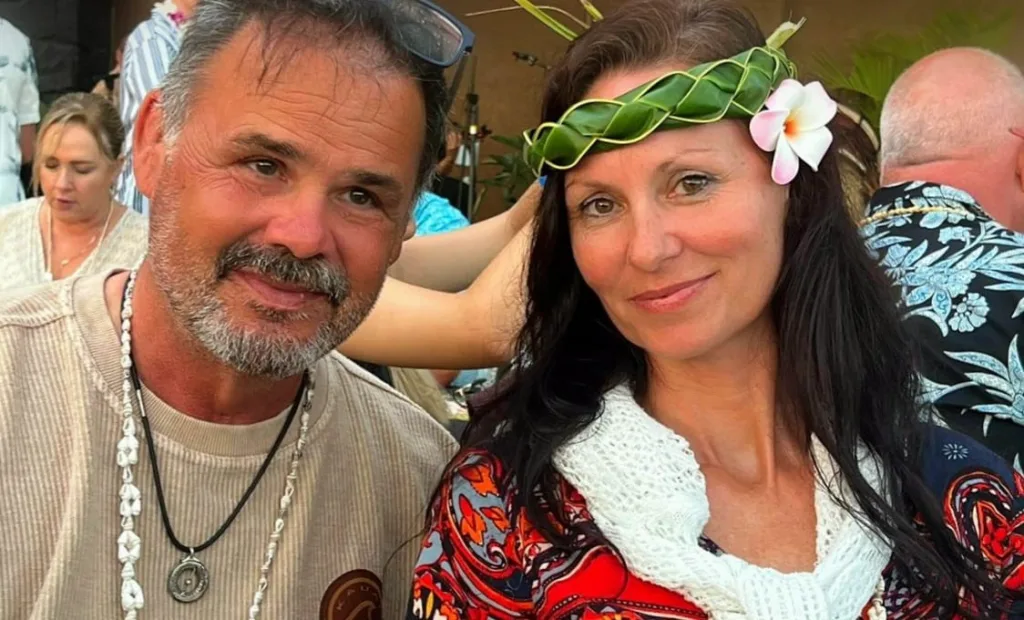

Really true. The palace looks more like a fort. The photo is really deceptive looking. It only when one takes time to read the story before he/she could tell what it really is. Thanks for sharing this information .